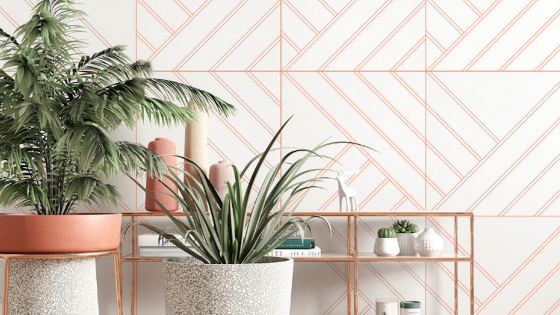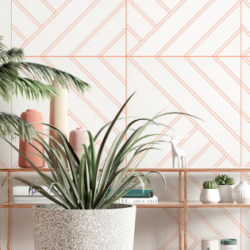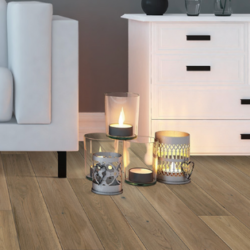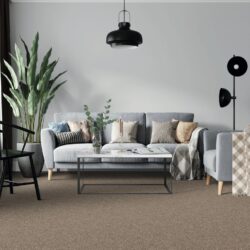Literally speaking, grout is a mixture of cement, water, and colorant. The compound, once mixed to perfection, is then spread between existing design elements like porcelain tile. Grout is not to be confused with mortar, which is used for tile applications. There is, however, a proper grout and mortar for every tile type and location.
Grout can be an underrated aspect of a tile project, but it shouldn’t be. As firm believers in the mantra “details matter,” we love spreading the grout gospel! The thing with grout is that it is going to be present, regardless of if you take advantage of it or not. So, why not capitalize?
Utilizing grout as a design staple is simple, subtle, and yet profoundly powerful. Coloring grout to blend with tile is one way to approach a design. Another, more stylish option is to add contrast via the grout. For instance, if you have white tiles, adding a darker more pronounced grout line can really make the tile pop! Plus, you can always tie in and accentuate other design elements through the grout color depending on the project.
Now that we’ve established a need for considering colored grout, let’s go more in depth.
Understanding grout types
Just like different kinds of tile serve different purposes best, there are a few different kinds of grout to choose from, too. Here’s a rundown of each of the types of grout and what kind of tile they work with best:
- Epoxy: not for the DIY-er; it’s a bit harder than other options which makes it great for countertops. It also does not require sealing due to its toughness.
- Sanded: works best with ⅛ – ⅝ inch grout lines to eliminate cracking
- Unsanded: can be used with up to ⅛ inch grout lines and can only be paired with glass, porcelain, or marble
- Acrylic: perhaps one of our favorites, acrylic is good for high moisture spaces like showers and outdoor decks. A major player in its purpose is that it is mildew resistant.
Picking the right grout color
Once you’ve figured out which type of grout is suitable for the project, the most important decision is probably what color you’ll choose. Although it’s a big decision with a big impact, we highly suggest not overthinking this part. It’s pretty simple really:
- If the tile color is the intended statement piece, opt to blend the grout color in with it.
- If the shape of the tile is the intended statement piece, pick a grout color that is the opposite of the tile color so contrast is created. This will draw more attention to the tile shape.
- If neither tile shape or color is the centerpiece of the design, it’s totally safe to go with a neutral grout color.
Enjoy grout design inspiration
Fortunately, we work with one of the most innovative tile brands in the industry. The Audrey Lane Collection doesn’t just offer high quality, completely customized tile. Their Skord line actually gives interior designers the ability to customize the grout color as well! Feast your eyes on a few of their famed products that use this option.
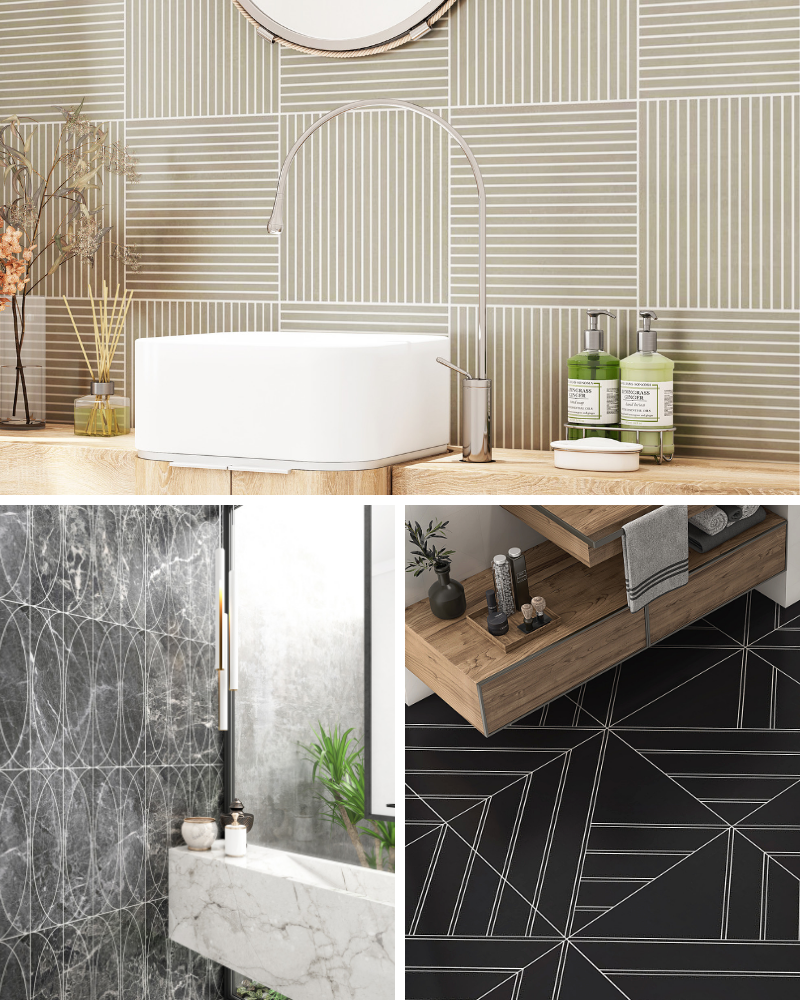
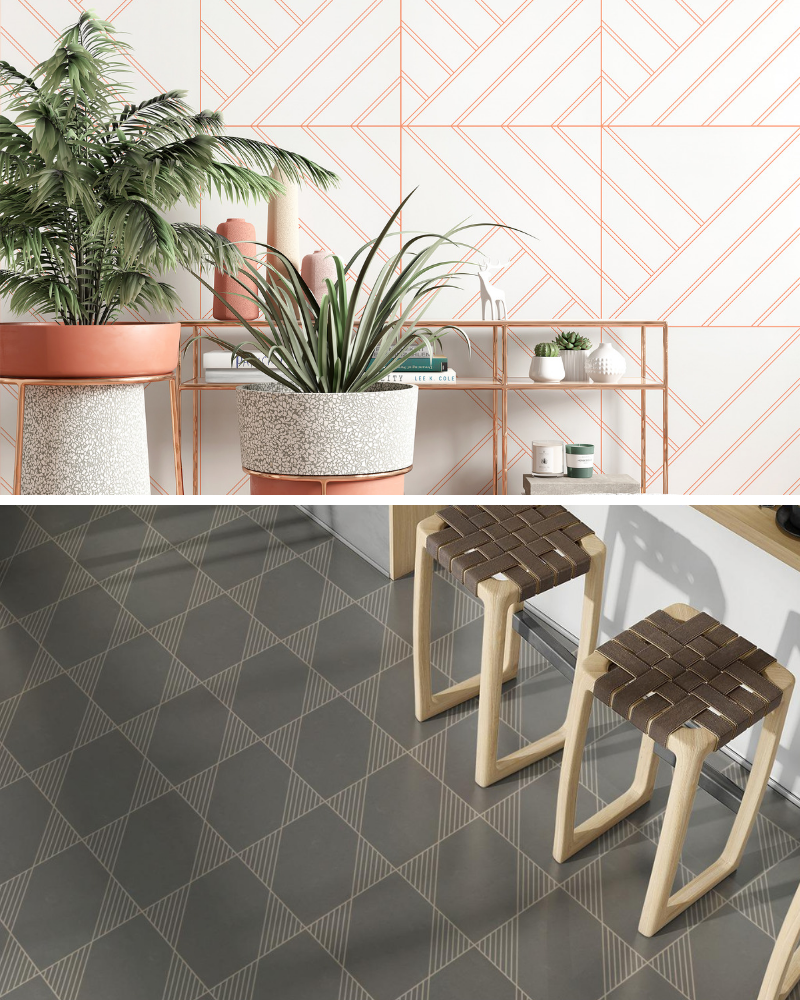
We’ve packed a whole lot of information about grout and tile design into this blog. But, if you still have questions, we’re here for you!
Reach out and we’ll be happy to serve you: 866-774-3390.
Categorised in: Uncategorized
This post was written by Rachel Jolley



